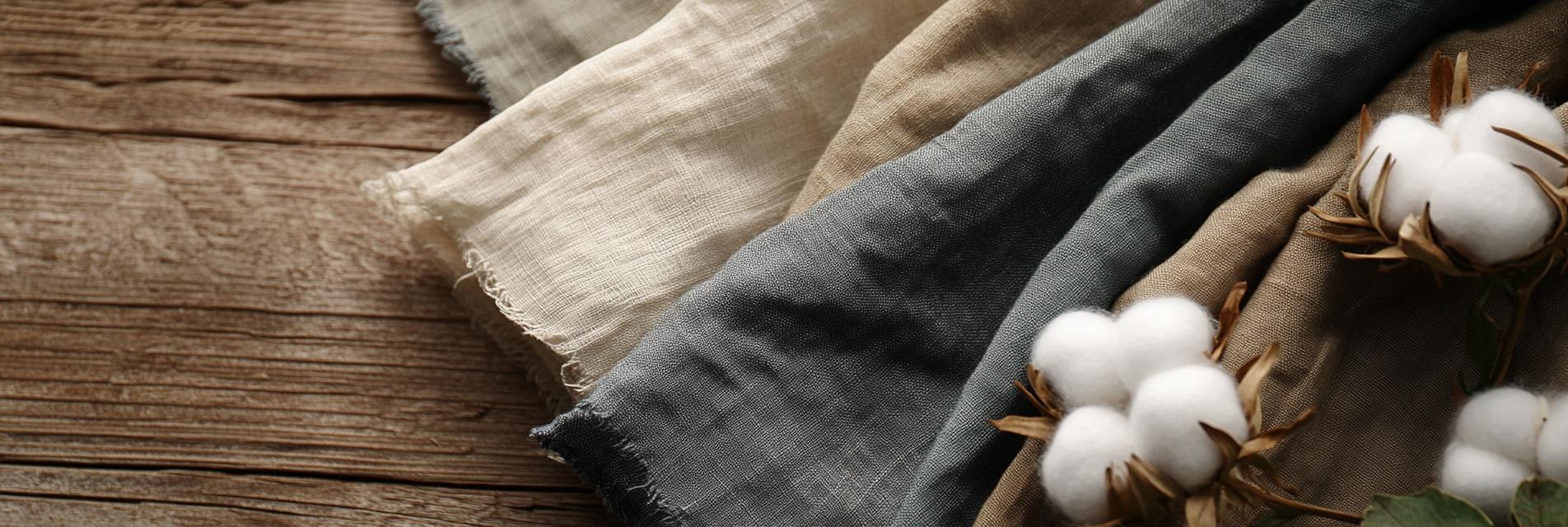As a passionate advocate for sustainable fashion, I find sustainable cotton-linen blended fabrics to be a compelling choice for eco-conscious consumers. These innovative textiles combine the softness and breathability of cotton with the durability and texture of linen, creating a versatile fabric that is both comfortable and effective in reducing environmental impacts.
One of the primary advantages of cotton-linen blends lies in their eco-friendly properties. Cotton, when sourced sustainably, requires less water compared to other fibers, while linen, derived from the flax plant, is known for its low environmental footprint. Together, they minimize water usage and reduce the overall carbon emissions associated with textile production.
The integration of sustainable practices in the fashion industry has sparked a wave of innovation. Brands are increasingly focusing on sourcing organic materials and utilizing environmentally friendly dyeing processes. This shift not only addresses consumer demand for transparency but also fosters a circular economy where recycled materials are used to create new textiles. Sustainable cotton-linen blends epitomize this trend, offering a suitable alternative for those who wish to make responsible purchasing decisions.
By choosing sustainable cotton-linen blended fabrics, consumers can significantly impact environmental sustainability. These materials not only help reduce waste and pollution but also promote practices that honor both nature and craftsmanship. This choice embodies a commitment to sustainability that transcends personal fashion preferences—it's about embracing a lifestyle that champions the planet.
In conclusion, sustainable cotton-linen blended fabrics stand at the forefront of eco-conscious fashion. As we move towards a more sustainable future, the demand for such materials is set to rise. Adopting these textiles is not just a trend but a necessity for anyone who values the environment and wishes to contribute to a greener planet.

